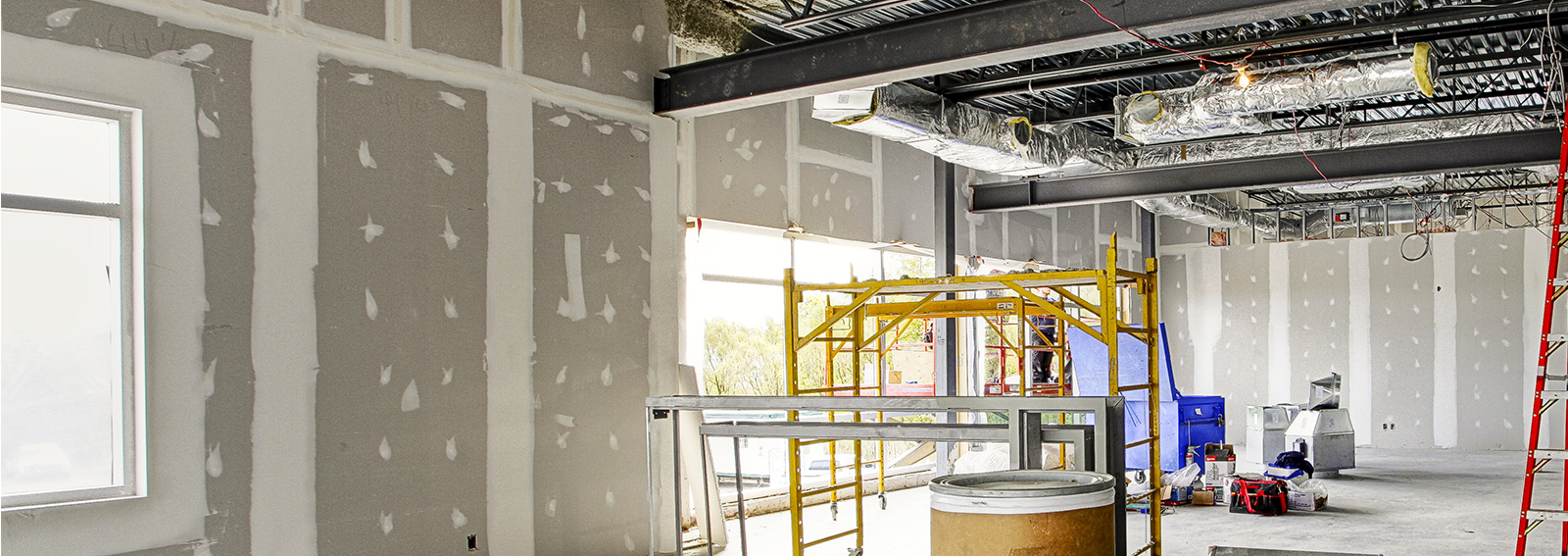Labour shortages are top of mind for Canadian construction businesses across the country. As you know all too well, delivering high-quality projects means hiring and retaining high-quality people.
As you assess the labour landscape, and why this monumental challenge exists, you’ll gain new insights about how your company can manage it.
What are construction companies dealing with?
The data helps separate facts from myths as you build your workforce strategy.
The Business Development Bank of Canada (BDC) released a report with labour statistics and insights for multiple industries, including real estate and construction. Here are some key takeaways.
Across all industries:
- 55 percent of entrepreneurs say they are struggling to hire
- 64 percent say that a worker shortage limits their growth
In construction:
- 50 percent of respondents say they have difficulty hiring
- More than 62,000 employees left the industry between February 2020 and August 2021, either due to retirement or seeking new employment outside of construction
While the current economic volatility can be attributed to pandemic disruptions, these employee shortages are long-term trends — they began long before 2020 and will continue long after.
Why is there a labour shortage in Canada?
So how did we get to this point?
Aging population
Baby Boomers are still the most populous generation in Canada; according to Statistics Canada, Millennials (people born between the early 1980s and the mid 1990s) won’t outnumber them until 2029. As Baby Boomers age, they’re leaving the workforce faster than Generation Z (people born between the mid 1990s and late 2000s) is entering.
COVID prompted many people approaching retirement age to exit a few years earlier than planned. We’ll continue to see a significant number of retirements over the next few years.
Behavioural trends among younger generations
Generation Z are taking longer to finish school and start their careers than previous generations. Labour force participation among teenagers, including summer jobs, is much lower now than in decades past.
This, combined with the fact that Generation Z are less numerous than Millennials and Baby Boomers, creates a natural reduction in the total labour pool.
Shifting priorities
The pandemic prompted many people to think big picture and ask themselves what they truly value in their careers and their personal lives. What’s commonly called the “Great Resignation” is a result of this mass re-evaluation of priorities.
Young people joining the workforce care more about factors like environmental impact, diversity & inclusion, social involvement, and work-life balance than the retirees leaving the workforce. This trend pre-dates COVID and should be treated as central to your hiring strategy.
Addressing myths
Many managers and decision-makers in the construction industry believe COVID subsidies and EI programs are de-incentivizing people from entering the workforce. In reality, COVID programs have ended, and people are working; unemployment in Canada is near record lows.
Many also believe worker shortages are a direct result of the pandemic and will be short-lived. The truth is more nuanced. While the pandemic sped up many of the trends that led to the current shortage of skilled labour, it did not create them.
What can I do about it?
Your construction business needs to tailor its own approach to dealing with labour shortages. Here are some examples of solutions you can consider.
The full picture of compensation
Yes, money talks, but it’s no longer the only one in the conversation. Young people with ambition are looking for good jobs with advancement opportunities, benefits packages, flexibility, and great working conditions. If your situation permits it, leveraging employee share ownership or profit sharing programs can build a sense of loyalty and buy-in among your people.
If your solution to the problem is to throw money at it, you’ll find it expensive and inefficient. Your competitors can easily poach employees who are only motivated by their salaries.
Purpose and wellness
Your staff want to feel that their employer shares their values. Invest in clarifying and communicating your company’s reason for being, and show your workers the positive impact their work is having. If your projects benefit communities, talk about it. In fact, talking with your employees regularly will help you find out what they enjoy doing and give them more opportunities to do it, while ensuring appropriate transfer of knowledge and skills.
Make wellness inseparable from your corporate culture and, if possible, compensation. Think outside the box when creating wellness packages that encompass mental, physical, and emotional support. Not every employee will take advantage of these benefits, but even just having them available creates goodwill and shows your people they’re valued.
Work environment
Invest in creating a work environment that is more welcoming to a broader base of people.
Attracting women, other minorities, and teenagers looking for summer jobs will drastically reduce how often you’re short-staffed. It will also require you to invest in internal training and cultural improvement to create a workplace that embodies respect and inclusion. Be conscious of the experience for these groups. Hiring only a few people can feel isolating and create a negative work environment.
Even if you initially face resistance from more tenured employees, that investment pays dividends long-term and can turn into your competitive edge.




